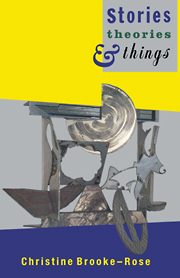3 - Id is, is id?
Published online by Cambridge University Press: 20 August 2009
Summary
The Concise Cambridge History of English Literature, 1942 edition, which I read assiduously long before going up to Oxford and being taught not to rely on such summaries but to read the texts, contained a paragraph that made a great impression on me:
As the physicians had explained temperament to be dependent on the predominance of one of the four ‘humours’ or moistures – phlegm, blood, choler and melancholy – it became fashionable to dignify any eccentricity or pose with the name of ‘humour’, and to deem the most miserable affectations worthy of literary comment. Hence arose a literature of ‘humours’, and ‘humour’ became as tiresome a word in that age as ‘complex’ is in this.
(Sampson 1942, 219–20)In those unformed days, it never occurred to me to question whose view this was or how the tiresomeness of a word ‘in that age’ could be gauged, and I similarly accepted that ‘complex’ had become as tiresome ‘in this’. And, in fact, humours were also called complexions.
My point in recounting this is that I also remember wondering as corollary whether the explanations of modern psychology would seem as quaint and unscientific in a century or so as the humours do today. In other words, that facile and perhaps dismissive comparison had one important effect: it instilled into me a solid dose of healthy scepticism about all scenarios (stories), however useful, that purport to explain human behaviour and, by the same token, their extremely curious byproducts.
- Type
- Chapter
- Information
- Stories, Theories and Things , pp. 28 - 44Publisher: Cambridge University PressPrint publication year: 1991
- 34
- Cited by



